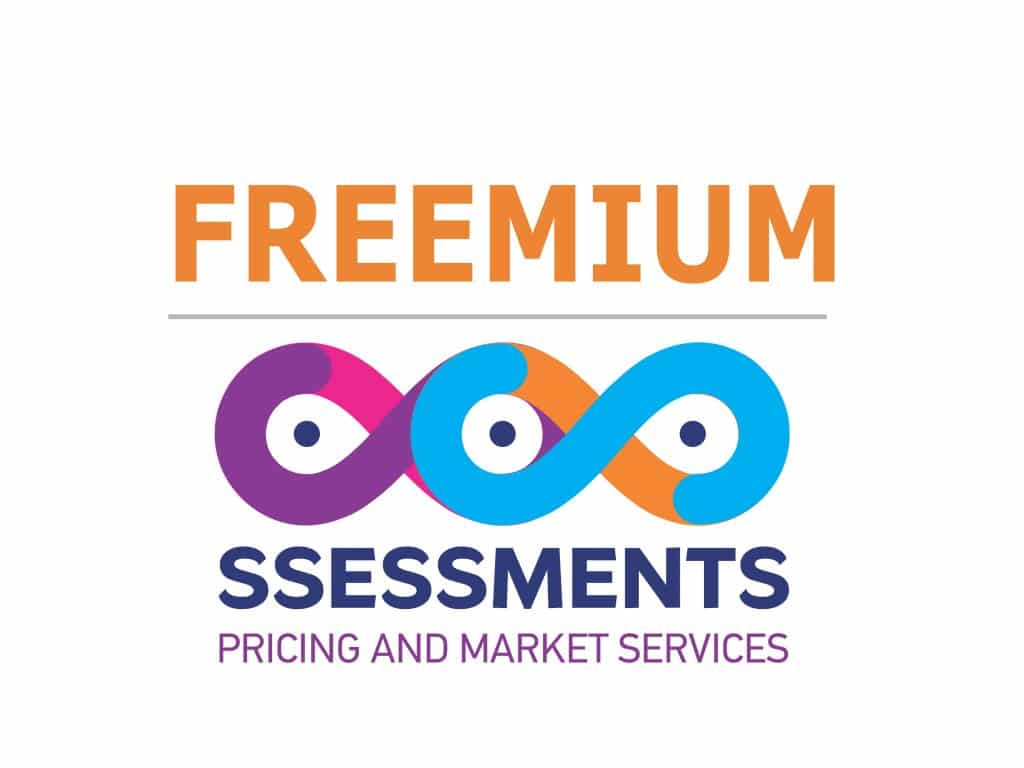According to International Energy Agency (IEA) website publication on Renewables 2022 Analysis and forecast to 2027 report:
US biofuel consumption expands 11% to 70 600 MLPY in the main case. Greater renewable diesel and biojet fuel demand account for this rise, with the IRA, the Sustainable Aviation Fuel Grand Challenge, the Renewable Fuel Standard and state-level low-carbon fuel standards spurring growth. However, renewable diesel and biojet fuel displace biodiesel, causing its consumption to drop during the forecast period. Ethanol demand also declines because gasoline demand falls and blending rates remain static. Overall, the main-case forecast is down 8% from last year because of lower ethanol and biodiesel demand, countered by a stronger forecast for renewable diesel and biojet fuel.
Owing to IRA provisions, the renewable diesel forecast is up 7% and biojet fuel up 130% from last year. The IRA offers an estimated USD 9.4 billion of dedicated biofuel support to 2032,(12) with the majority (an estimated USD 8.6 billion) allocated to biofuel PTCs (their total financial value is not capped). The remaining USD 0.8 billion is for competitive grants to support blending infrastructure, SAF production and biofuel distribution. Renewable diesel and biojet fuel will also continue to benefit from state-level low-carbon fuel standards and the federal Renewable Fuel Standard. Additionally, the United States has an SAF production goal of 11,000 MLPY by 2030.
The extent to which this mix of incentives favours renewable diesel over biojet fuel is unclear, however. Biofuel producers using hydroprocessed esters and fatty acids (HEFA), the primary renewable diesel and SAF product considered in this forecast, can optimise its production for use as either renewable diesel or biojet fuel, depending on revenue prospects. Producer decisions will hinge on several factors, including tax credit values, feedstock costs, GHG emissions intensity, biofuel plant design, interactions with other policies and the value of diesel and jet fuel relative to renewable diesel and biojet fuel.
Regarding ethanol, demand is expected to fall 8% (by 4 200 MLPY) following an 8% decline in gasoline demand over 2022-2027. This downward revision from our previous forecast reflects this year’s lower estimated gasoline demand. As gasoline demand falls, so does that of ethanol, and production therefore declines. The IRA does offer support for infrastructure to help raise blending rates, but longterm approval for year-round 15% ethanol blending remains uncertain. Nevertheless, ethanol producers can still benefit from the IRA by accessing the carbon sequestration credit to help reduce their emissions, or by claiming the clean fuel production credit for those fuels already associated with relatively low emissions.
We expect a 24% decline in biodiesel demand and production over the forecast period. Consumption was already down 8% as of June 2022 compared with the same period last year, and a 6% decline from 2020 had already been registered in 2021. These drops are the result of feedstock restrictions, unfavourable policy design and less-than-optimal fuel properties.
As renewable diesel, biojet fuel and biodiesel are all competing for the same feedstocks, including vegetable and waste and residue oils, our main-case forecast would require a 12-million-tonne increase in bio-oils and fat availability for biofuel production – a more than 100% increase in just six years. The USDA already expects a decline in soybean oil exports to accommodate growth in 2022- 2023, and biofuel demand has been keeping prices high in 2022.
US energy policies are more supportive of renewable diesel and biojet fuel than of biodiesel. For example, renewable diesel receives a higher credit (1.7 credits per gallon) in the Renewable Fuel Standard compared with biodiesel (1.5 credits per gallon). Biojet fuel will also receive a higher tax credit (USD 0.46 per litre) than biodiesel (USD 0.26 per litre) under the IRA. Furthermore, renewable diesel can be blended at higher levels than biodiesel and, like biojet fuel, be made in retrofitted refineries. This situation is already reducing biodiesel demand.
However, other policy decisions will likely be made during the forecast period that could increase demand. For instance, California is reviewing its Low Carbon Fuel Standard and considering more stringent GHG emissions intensity targets for 2030. While the federal government has not yet announced its Renewable Fuel Standard objectives for 2023, higher targets would lead to additional biodiesel demand.
In the accelerated case, biofuel demand growth is three times higher than in the main case, totalling 23 300 MLPY. A stronger Renewable Fuel Standard, a more stringent Low-Carbon Fuel Standard in California and fewer feedstock constraints would help support this level of growth. Ethanol accounts for 30% of this increase, assuming infrastructure provisions for higher blending in the IRA allow ethanol blending to increase to 12.5%.
Renewable diesel and biojet fuel demand and production expand as well, provided that a larger share of announced projects come online and feedstock constraints lighten. Biojet fuel demand and production are twice as much as in the main case, bringing blending to 4% in aviation, one-third of the way to achieving the US Sustainable Aviation Grand Challenge goal. Renewable diesel demand expands an additional 10% and biodiesel remains constant, instead of declining.
(12) Total estimated by the congressional budget office for Sections 13201, 13202, 13203, 13404, 13704, 22003 and 40007. The fuel infrastructure tax credit (Sec. 13404), tax credit for carbon dioxide sequestration (Sec. 13104) and the extension of the advanced energy project credit (Sec. 13501) are not included in the total, although biofuel producers will likely access some portion of these tax credits (Congressional Budget Office, Estimated Budgetary Effects of H.R. 5376, the Inflation Reduction Act of 2022,
https://www.cbo.gov/system/files/2022-08/hr5376_IR_Act_8-3-22.pdf).
Tags: AlwaysFree,Americas,Bio/Renewables,English,US
Published on January 2, 2023 9:45 AM (GMT+8)Last Updated on January 2, 2023 9:45 AM (GMT+8)


